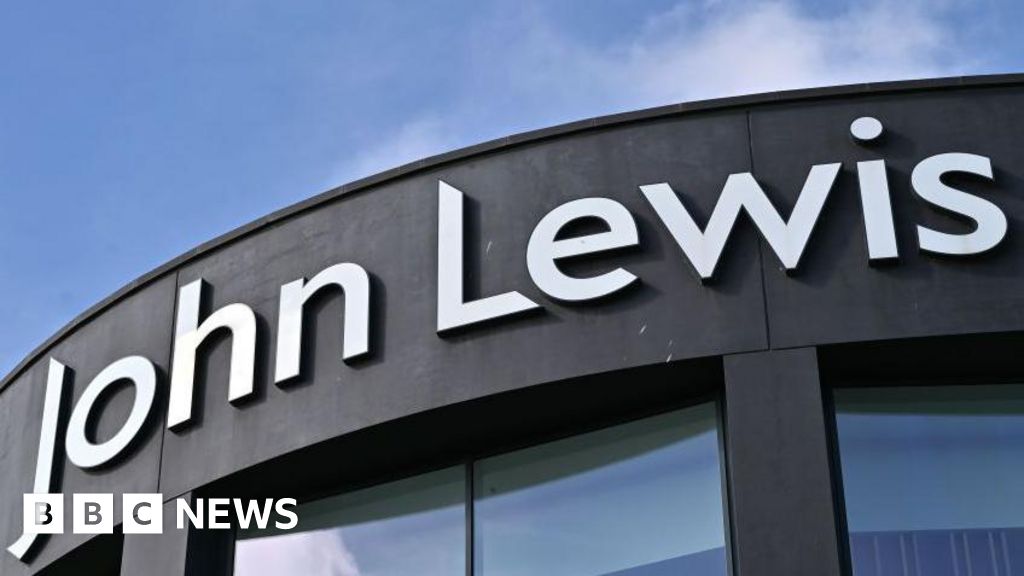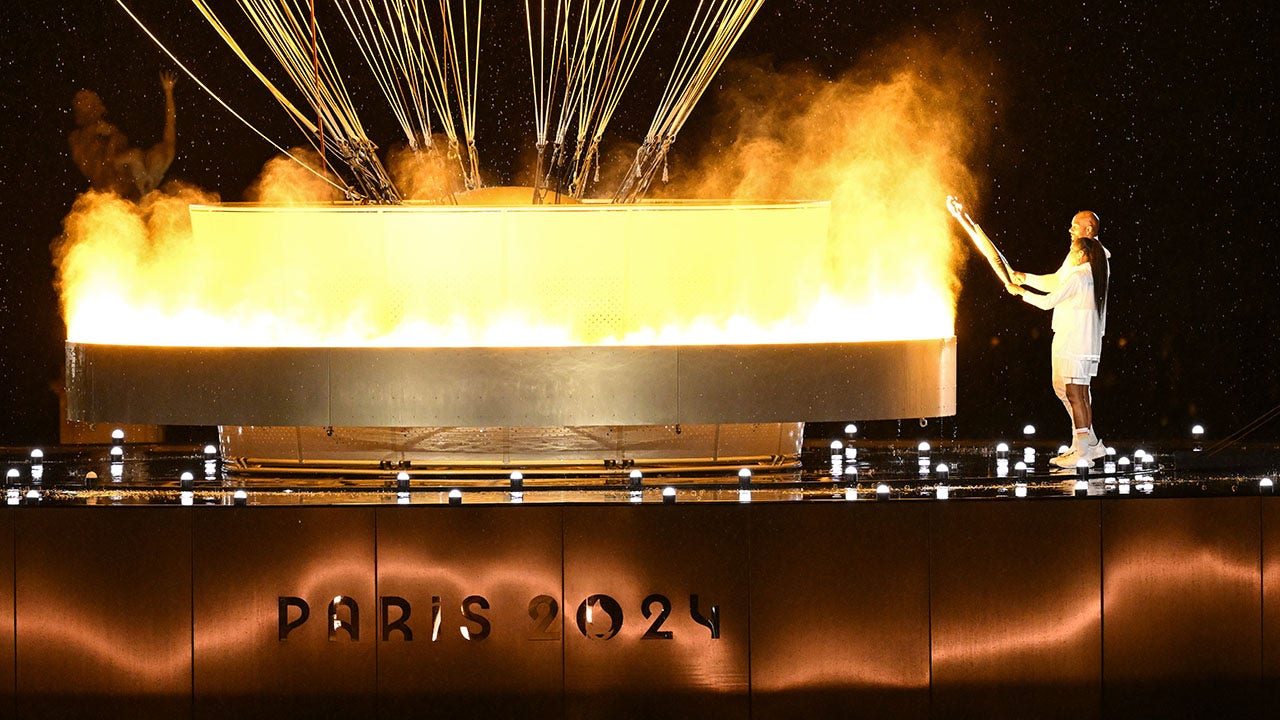When the robotic lander Odysseus last month became the first American-built spacecraft to touch down on the moon in more than 50 years, it toppled over at an angle. That limited the amount of science it could do at the lunar surface, because its antennas and solar panels were not pointed in the correct directions.
Just a month earlier, another spacecraft, the Smart Lander for Investigating Moon, or SLIM, sent by the Japanese space agency, had also tipped during landing, ending up on its head.
Why is there a sudden epidemic of spacecraft rolling on the moon like Olympic gymnasts performing floor routines? Is it really that difficult to land upright there?
On the internet and elsewhere, people pointed to the height of the Odysseus lander — 14 feet from the bottom of the landing feet to the solar arrays at the top — as a contributing factor for its off-kilter touchdown.
Had Intuitive Machines, the maker of Odysseus, made an obvious error in building the spacecraft that way?
The company’s officials provide an engineering rationale for the tall, skinny design, but those internet commenters do have a point.
Something tall falls over more easily than an object that is short and squat. And on the moon, where the pull of gravity is just one-sixth as strong as on Earth, the propensity to tip over is even greater.
This is not a new realization. A half-century ago, Apollo astronauts had firsthand experience as they hopped around on the moon, and sometimes tumbled to the ground.
On the social media site X last week, Philip Metzger, a former NASA engineer who is now a planetary scientist at the University of Central Florida, explained the math and the physics of why it is more difficult to remain standing on the moon.
“I’ve actually gone through calculations, and it’s really scary,” Dr. Metzger said. “The side motion that can tip a lander of that size is only a few meters per second in lunar gravity.” (One meter per second is, in everyday American units, a bit more than two miles per hour.)
There are two parts to this question of stability.
The first is static stability. If something is standing at much of an angle, it will fall over if the center of gravity is to the outside of the landing legs.
Here, it turns out the maximum angle of leaning is the same on Earth as it is on the moon. It would be the same on any world, large or small, because gravity cancels out of the equation.
However, the answer changes if the spacecraft is still moving. Odysseus was supposed to land vertically with zero horizontal velocity, but because of problems with the navigation system, it was still moving sideways when it hit the ground.
“Intuition that’s based on Earth is now a liability,” Dr. Metzger said.
He gave the example of trying to push over the refrigerator in your kitchen. “It’s so heavy that a slight push is not going to push it over,” Dr. Metzger said.
But you replace it with a piece of Styrofoam in the shape of a refrigerator, mimicking the weight of a real refrigerator in lunar gravity, “then a very light push will push it over,” Dr. Metzger said.
Assuming the spacecraft remains in one piece, it would rotate at the point of contact where the landing foot touches the ground.
Dr. Metzger’s calculations suggested that for a spacecraft like Odysseus, the landing legs need to be splayed about two and a half times as wide on the moon as on the Earth to counteract the same amount of sideways motion.
If, for example, six feet wide were enough for landing on Earth at the maximum horizontal speed, then the legs would have to be 15 feet apart in order not to tip on the moon at the same sideways speed.
For simplicity of design, the landing legs of Odysseus did not fold up, and the diameter of the SpaceX Falcon 9 rocket that lifted it to space limited how wide the landing legs could spread out.
“So, on the moon, you have to design to keep the sideways velocities very low at touchdown, much lower than you would if landing the vehicle in Earth’s gravity,” Dr. Metzger wrote on X.
I too wondered about the shape of the lander when I visited the Intuitive Machines headquarters and factory in Houston in February last year.
“Why so tall?” I asked.
Steve Altemus, the chief executive of Intuitive Machines, replied that it had to do with the tanks that hold the spacecraft’s liquid methane and liquid oxygen propellants.
The methane weighs twice as much as the oxygen, so if the methane tank were placed next to the oxygen tank, the lander would have been unbalanced. Instead, the two tanks were stacked on top of each other.
“That created the height,” Mr. Altemus said.
Scott Manley, who provides commentary about rockets on X and YouTube, noted that Mr. Altemus had led the development of a shorter, squatter lander when he was at NASA a decade ago.
That test lander, named Morpheus, also used methane and oxygen propellants, but the tanks were configured in pairs to keep the weight in balance. It was never meant to fly to space.
In an interview, Mr. Manley said that design would have worked for the Intuitive Machines lander as well but would have made the spacecraft heavier and more complex.
If the spacecraft needed two methane tanks and two oxygen tanks, the spacecraft structure would have needed to be bigger and heavier. The tanks would have been heavier too.
“You’ve got more surface area, so that’s more surface to insulate,” Mr. Manley said. He added that it would also have needed “more plumbing and more valves, more things to go wrong.”
For the landing site in the south pole region, the height of Odysseus offered another advantage. At the bottom of the moon, sunlight shines at low angles, producing long shadows. If Odysseus had remained upright, the solar arrays at the top of the spacecraft would have remained out of shadows longer, generating more power for the mission.
During the visit to Intuitive Machines, Tim Crain, the company’s chief technology officer, said the spacecraft had been designed to stay upright when landing even on a slope of 10 degrees or more. The navigation software was programmed to look for a spot where the slope was five degrees or less.
Because the laser instruments on Odysseus for measuring altitude were not working during descent, the spacecraft landed faster than planned on a 12-degree slope. That exceeded its design limits. Odysseus skidded along the surface, broke one of its six legs and tipped to its side.
If the laser instruments had been operating, “We would have nailed the landing,” Mr. Altemus said during a news conference last week
The same concerns will apply for SpaceX’s humongous Starship, which will take two NASA astronauts to the moon’s surface as soon as 2026.
Starship, as tall as a 16-story building, will have to come down perfectly vertically and avoid significant slopes. But those should be solvable engineering challenges, Dr. Metzger said.
“It removes some of the margin of error in your dynamic stability, but it doesn’t remove all the margin of error,” Dr. Metzger said of a tall lander. “The amount of margin that you have left is manageable as long as your other systems on the spacecraft are functioning.”















































